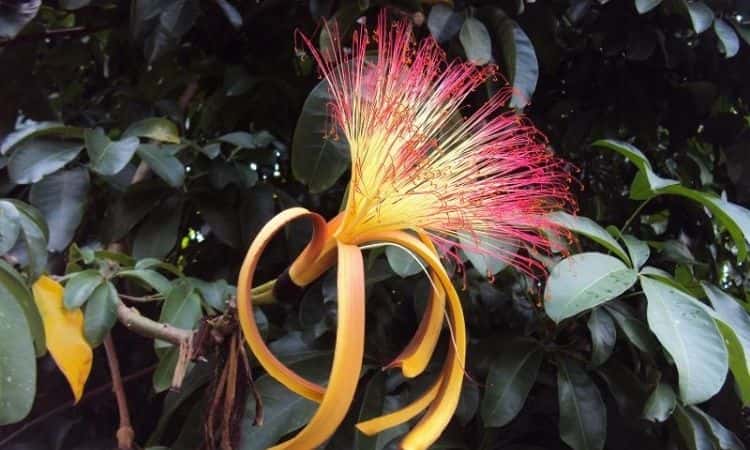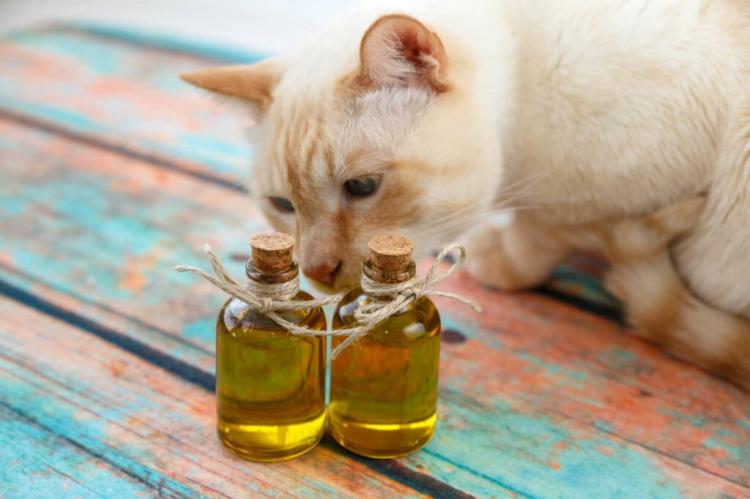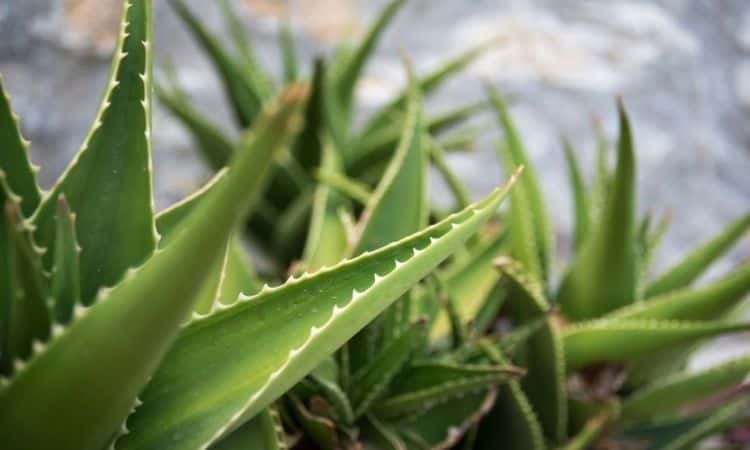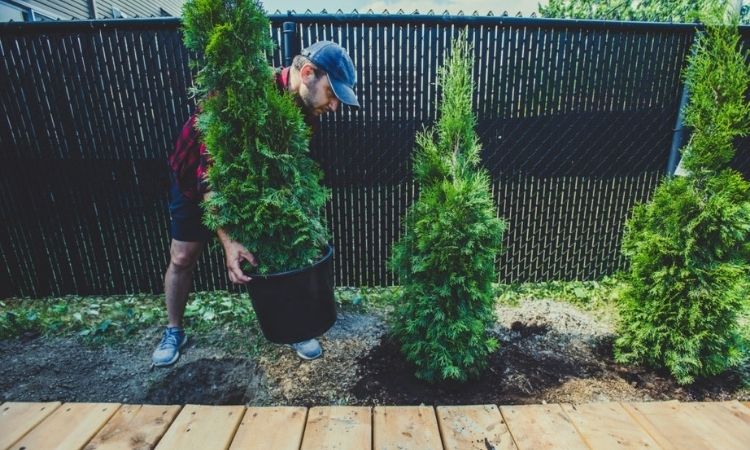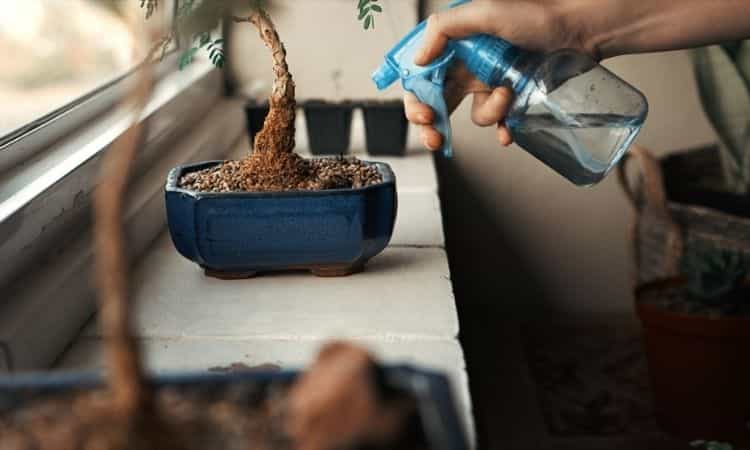The Guiana Chestnut (Pachira Aquatica): All About Care, Location & Propagation
We show what to look out for when caring for and repotting the Guiana Chestnut, also known as pachira, and give tips on how to propagate and how long the lucky charm will last.
The Guiana Chestnut (Pachira aquatica) is a popular indoor plant. It belongs to the genus Pachira and the mallow family (Malvaceae). Other names for the plant are wild cacao tree, Guyana, Malabar chestnut, or water chestnut. But often it is simply called Pachira.
The tree is native to Central America, where the fruits are used as a substitute for cocoa. But the leaves and seeds can also be eaten.
In our country, the plants are a symbol of luck and are therefore often given away as a lucky charm.
Properties Of The Guiana Chestnut
Table of Contents
The Guiana Chestnut is an evergreen deciduous tree that can reach a height of 4 to 20 meters under optimal conditions. However, it is a slow-growing plant.
The trunk is thickened at the bottom and serves as a water storage organ. Guiana Chestnut is often offered with a braided stem, the bark is smooth and brown. The leaves of the plant are dark green, long-stemmed, and hand-shaped. They consist of five to nine leaflets (fingers) and are slightly leathery and shiny. The leaves of the tree can form a stately crown over time.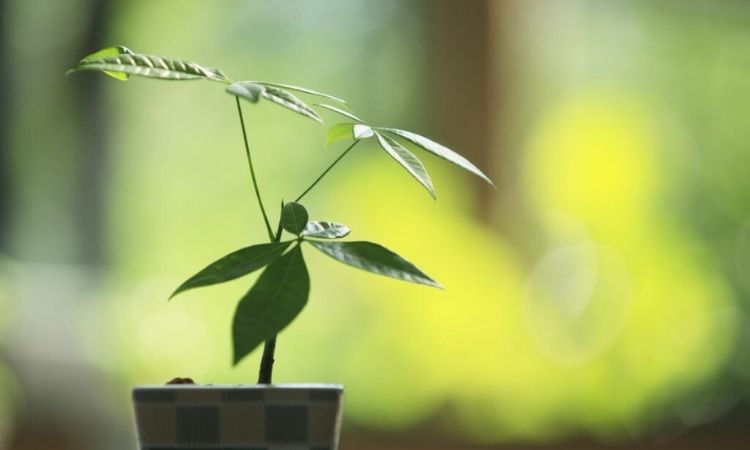
In indoor cultivation, the Guiana Chestnut very rarely forms flowers. These stately exotics stand out above all by their size and shape. They are green-yellow with red stamens and remind of feathers. In the wild, the tree also produces fruits that are large, brown, and edible.
Care For The Guiana Chestnut: The Right Way To Go
Fortunately, the Guiana Chestnut is not very demanding in terms of care. If you keep an eye on the water and fertilizer supply, if the tree is in the right place and rooted in a suitable substrate, nothing should actually go wrong. You’ll learn all about caring for Pachira aquatic in the next few paragraphs.
Don’t water your Guiana Chestnut too much, because excess water will damage the houseplant. Therefore, always allow half of the substrate to dry before watering again. Avoid waterlogging at all costs, as this can lead to root rot and quickly cause considerable damage to the plant. More important than watering is to ensure high humidity. Do something good for your houseplant and spray it twice a week with lukewarm water.
Fertilize and water the Guiana Chestnut properly:
- Do not water too much
- Spray regularly
- Fertilization from spring to autumn
- Every 6 – 8 weeks with a fertilizer with long-term organic effect
The Right Soil For The Guiana Chestnut
The indoor plant does not make great demands on the soil. The substrate should only be loose and well-drained. The Guiana Chestnut also needs a good supply of nutrients; a nutrient-rich substrate is therefore essential.
The right soil for the Guiana Chestnut at a glance:
- Permeable
- Locker
- Nutrient-rich
Suitable substrates for the Guiana Chestnut are commercially available potting soil, cactus soil, or potted plant soil. You should add mineral material such as pearlite to one-fifth of the substrate to increase the permeability. Also, mix a fertilizer with long-term organic effect into the substrate to supply the houseplant with all valuable nutrients in the long term. 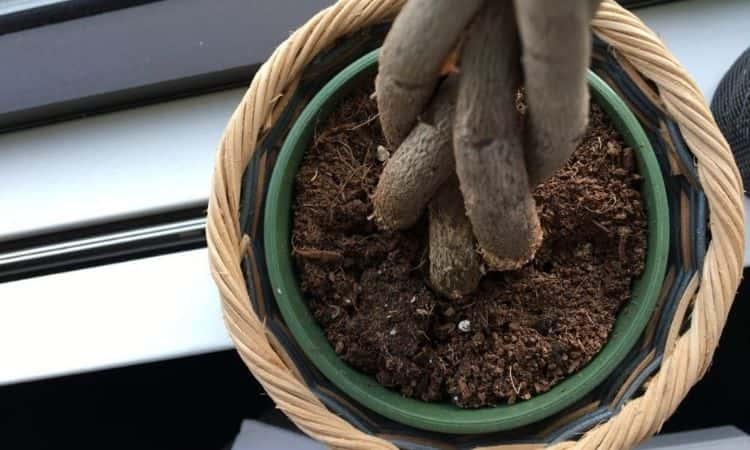
Suitable substrates for the Guiana Chestnut:
- Potting Soil
- Cactus soil
- Mix to a fifth with mineral material
- Incorporate fertilizer with long-term organic effect
The Guiana Chestnut should be repotted every two to three years. As soon as the root ball has grown through the entire substrate, it is time for a pot change. When repotting, not only do you change the planter, but you also change the substrate completely. The best time for repotting Guiana Chestnut is in spring.
The Right Location For The Guiana Chestnut
The ideal location for the evergreen plant should be well chosen, as the Guiana Chestnut does not like being moved around too often. For optimal growing conditions, choose a location that is light all year round, where the plant is not exposed to draughts, and where the humidity is at best high.
Ideal temperatures for this exotic plant are between 18 and 20°C in summer and between 12 and 18°C in winter. Under no circumstances should the temperature for the Guiana Chestnut fall below 12°C.
Summary: The perfect location for Guiana Chestnut:
- Do not change the location too often
- Bright location all year round
- No draught
- High air humidity
- Summer temperature: 18 – 20 °C
- Winter temperature: 12 – 18 °C
Cut Guiana Chestnut
Guiana Chestnut does not require regular pruning. If you regularly remove wilted and withered parts of the plant, this is usually sufficient. However, with proper care, the plants can grow into stately indoor trees up to two meters high. So if the tree grows over your head, you can reach for garden shears and cut back the Guiana Chestnut.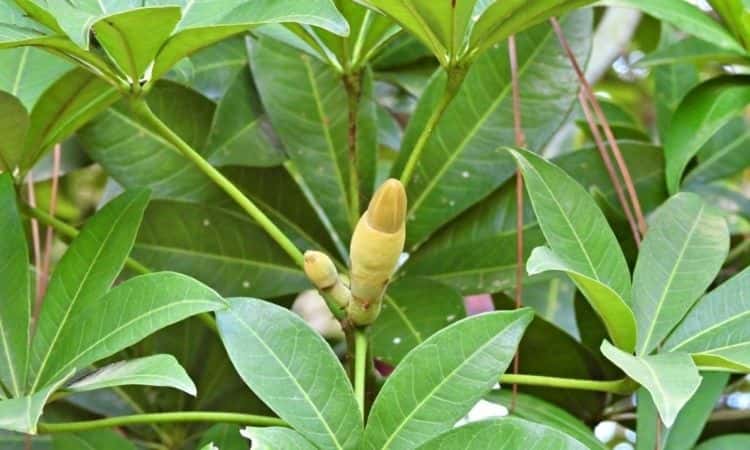
The best time for this is spring. If necessary, cut the tree back as far as you like. After a few weeks, the plant will sprout again. Temperatures above 20 °C will encourage the shoots to sprout again.
Summary: How to cut the Guiana Chestnut correctly:
- Regularly remove wilted and dry leaves
- Regular cut not necessary
- Pruning only if the tree becomes too large
- Best time: Spring
- Temperatures above 20 °C favor renewed sprouting
Yellow Leaves On The Guiana Chestnut
Unfortunately, it happens again and again that the beautiful leaves on the Guiana Chestnut turn yellow. But what can be the reason for this? In fact, many different causes can be responsible for discolored leaves. In most cases, maintenance errors are the reason and can be quickly remedied. A frequent cause is, for example, lack of light.
If the plant is placed in a location that is too dark, it receives too little light and the leaves turn yellow. A change of location helps here. Another reason is waterlogging. If the plant is watered too often or excess water is not removed from the pot, it suffers greatly. In most cases, the only thing that helps here is to repot and change the substrate and, of course, to change the watering frequency.
Even if the air is too dry, this damages the plant and it shows this with yellow leaves. Spray the plant regularly with water and the problem disappears quickly. Cold, drought, and too frequent relocation can also be causes of yellow leaves. Here it helps to find a suitable place in the room and to leave the plant there as long as possible.
Possible causes of yellow leaves on the Guiana Chestnut:
- Lack of light
- Waterlogging
- Humidity too low
- Cold
- Draught
- Too frequent relocation
- Multiply Guiana Chestnut
The easiest way to propagate Guiana Chestnut yourself is by using cuttings. To do this, use a sharp knife to cut off cuttings from unwooded shoots of your tree. These are placed in a special growing substrate and moistened. The ideal growing conditions for the cuttings are in a self-made mini-greenhouse. Place it in a bright, warm place, and do not forget to air and water regularly. This will allow the cuttings to take root and grow well over time.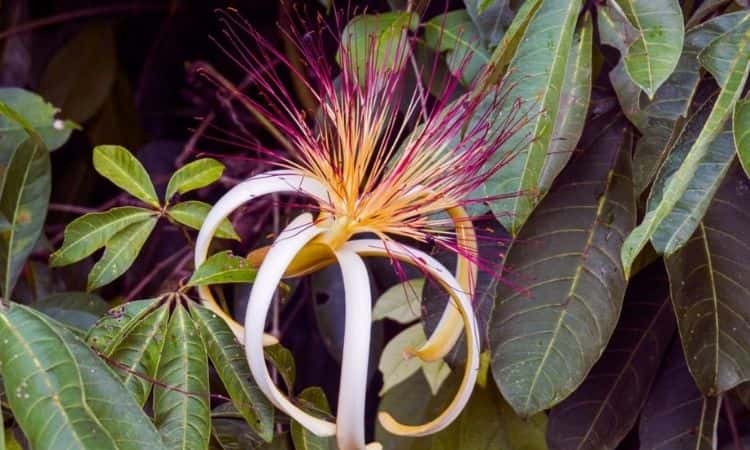
Propagate the Guiana Chestnut using cuttings:
- Cut half woody shoots
- Put into growing soil
- Place in mini-greenhouse
- Place in a bright and warm place
- Moisten regularly
Is the Guiana Chestnut poisonous?
Again and again, the question arises whether the Guiana Chestnut is actually poisonous. We can reassure you: Neither the leaves nor the fruits of the tropical plant are poisonous. The only small danger comes from the stem of the plant. It can secrete a liquid that can be poisonous. However, you would have to consume the liquid of several strains to actually suffer poisoning. The Guiana Chestnut is also completely harmless for pets such as dogs, cats, and co. And although the little tree is usually only used as an ornamental plant in our country, the leaves and fruits of the Guiana Chestnut can actually be eaten.
Summary: Is the Guiana Chestnut poisonous?
- The liquid in the trunk can cause poisoning, but only in very high quantities
- Not dangerous for pets
- Leaves and fruits are even edible
